The Importance of Regular Dental Care for Dogs and Cats
We all know that, as humans, we should visit the dentist at least once every six months for a professional dental cleaning. Doing so keeps our teeth sparkly clean, helps us maintain good-smelling breath, and is good for our overall health.
But when it comes to our furry feline and canine companions, how often should we bring them in for a dental cleaning? And for that matter, should we be brushing their teeth at home or doing anything else to keep their teeth and gums healthy? The answer is yes. Dental care for dogs and dental care for cats is super important. It’s one of those things that as pet owners, we need to add to our priority lists.
In this article, we’ll tell you what you need to know to protect your pet’s oral health.
What Pet Owners Should Know About Dog Teeth Cleaning
Let’s start by talking about Fido and what goes into dental care for dogs. And trust us, we get it—who wants to stick their hand and a doggy toothbrush inside the mouth of a dog? Even those adorable little chihuahuas and toy poodles can turn into ferocious beasts when you try to get them to do something they don’t want to do.
Oral Care Tips for Dogs
But dog teeth cleaning doesn’t need to be as difficult—or as scary—as it sounds. Here are some tips to make the process just a bit easier.
-
Start Early: The best time to introduce your dog to tooth brushing is when they first come home. Puppies and newly adopted dogs adapt better when dental care becomes a normal part of their routine from the beginning.
-
Use Dog-Safe Toothpaste: Never use human toothpaste on your dog. Ingredients like fluoride and xylitol, which are common in toothpaste for people, are harmful to dogs. Instead, choose a toothpaste made just for them—available in flavors they’ll actually enjoy, like chicken or peanut butter.
-
Pick the Right Toothbrush: A toothbrush designed for dogs will make the process much easier. Some have long handles to reach the back teeth, while others fit over your finger, allowing for better control.
-
Go Slow and Be Patient: If your dog isn’t used to having their teeth brushed, introduce it gradually. Start by letting them taste the toothpaste, then gently rub their gums with your finger before moving on to the toothbrush.
-
Try Dental Chews and Toys: If your dog isn’t a fan of brushing, dental chews and textured toys can help reduce plaque and tartar buildup. These provide a fun way to support their oral health while giving them something to chew on.
-
Incorporate Dental Wipes: For dogs that won’t tolerate a toothbrush, dental wipes can be a good alternative. While they don’t replace brushing, they help clean the teeth and freshen breath.
-
Schedule Professional Cleanings: Even with regular at-home care, dogs benefit from professional dental cleanings. Veterinarians can remove plaque and tartar that brushing alone can’t reach, helping to prevent bigger problems down the line.

What Cat Owners Should Know About Cat Teeth Cleaning
Now, let’s talk about our feline friends. And to do that, who better to help us illustrate dental care for cats than the most famous cat in the world? We’re talking about Garfield, of course. Do a Google search for Garfield brushes his teeth, and you’ll be sure to be returned with several funny images. One of our favorites shows Garfield in all of his disheveled glory, brushing his teeth in front of the bathroom mirror. The caption reads, brushing my teeth for no reason.
Now, if it was this easy to get your cat to brush their teeth, complaints aside, we’d all do it that way. But the real world works a bit differently than it does for Garfield and his on-screen friends. When it comes to our cats, we need to do the dirty work for them.
And similar to dogs, trying to get a toothbrush into your cat’s mouth isn’t likely to be the easiest endeavor.
Oral Care Tips for Cats
Here are a handful of tips to help keep your cat’s mouth happy, healthy, and fresh.
-
Introduce Dental Care Early: Getting your cat used to the idea of dental care while they’re young makes the process easier. Even if you’re working with an older cat, patience and consistency can help them adjust.
-
Keep Sessions Short and Positive: Cats don’t have long attention spans when it comes to new routines. Start with brief sessions and reward them afterward with praise or a small treat.
-
Massage Their Gums First: Before using a toothbrush, gently rub your cat’s gums with a finger or a cotton swab. This helps them get comfortable with the sensation and makes the transition to brushing easier.
-
Use a Cat-Specific Toothbrush: A toothbrush made for cats has softer bristles and a smaller head, making it more comfortable for their mouths. Finger toothbrushes are another option and can give you better control.
-
Pick the Right Toothpaste: Human toothpaste isn’t safe for cats and can upset their stomach. Choose a pet-friendly formula in flavors they might enjoy, like chicken or seafood.
-
Try Dental Treats and Food: If brushing isn’t going well, specially formulated dental treats and food can help slow tartar buildup. These work by gently scrubbing the teeth while your cat chews.
-
Offer Chew Toys and Oral Gels: Some cats enjoy chewing, and dental toys can provide a fun way to clean their teeth. Oral gels can also be applied to help maintain gum health and reduce plaque.
Follow Crown & Paw for Tips and Gifts for Pet Lovers
Do you love pets as much as we do? If so, be sure to follow the Crown & Paw blog for helpful tips on keeping your pet happy, safe, and healthy. And while you are at it, be sure to explore our gift recommendations for pet owners just like you. From custom pet portraits to a custom dog sweatshirt, we have all the things that can help you commemorate that special bond between you and your furry friend.

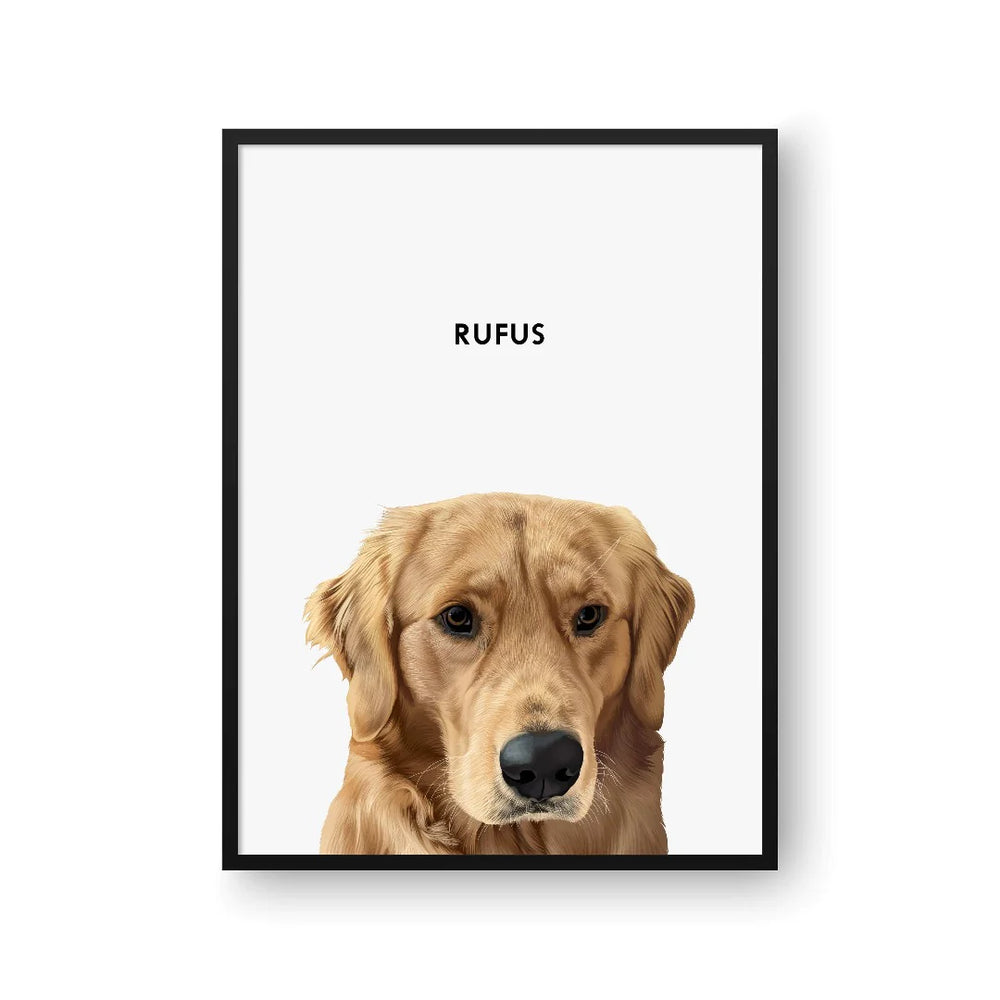
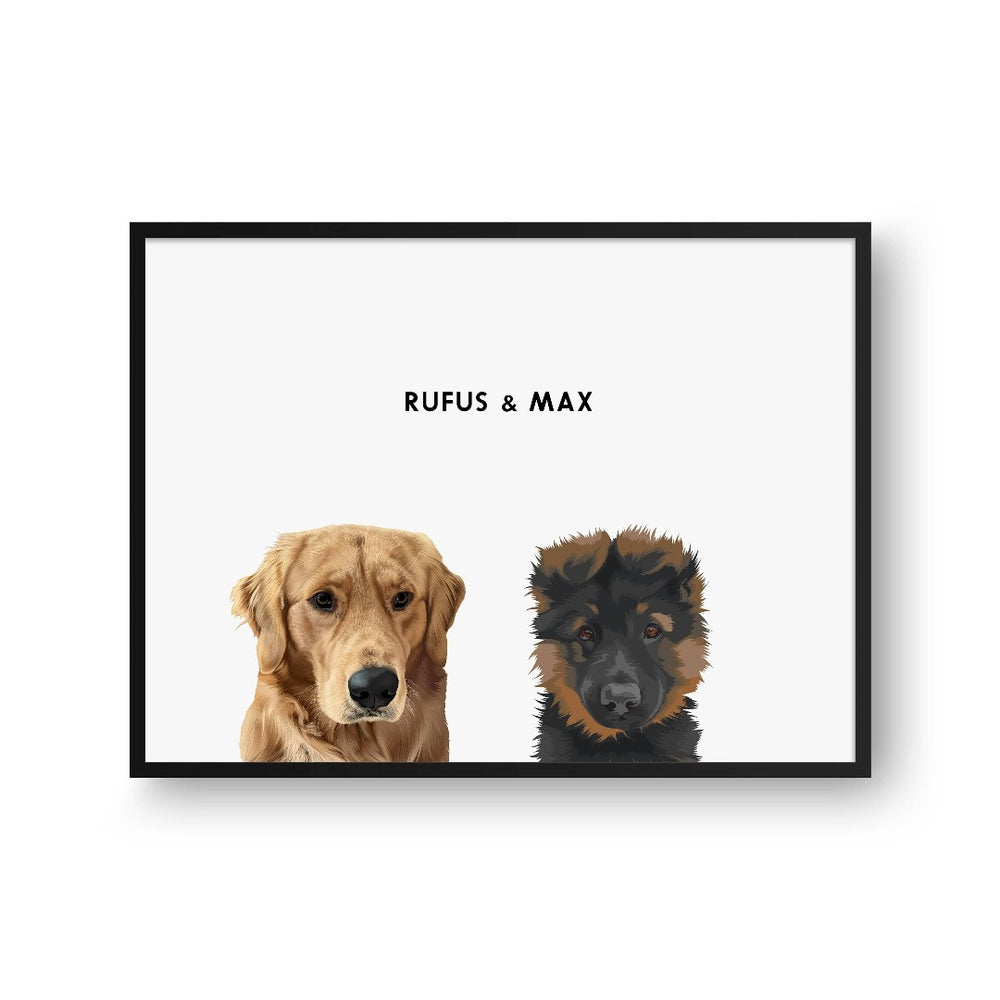
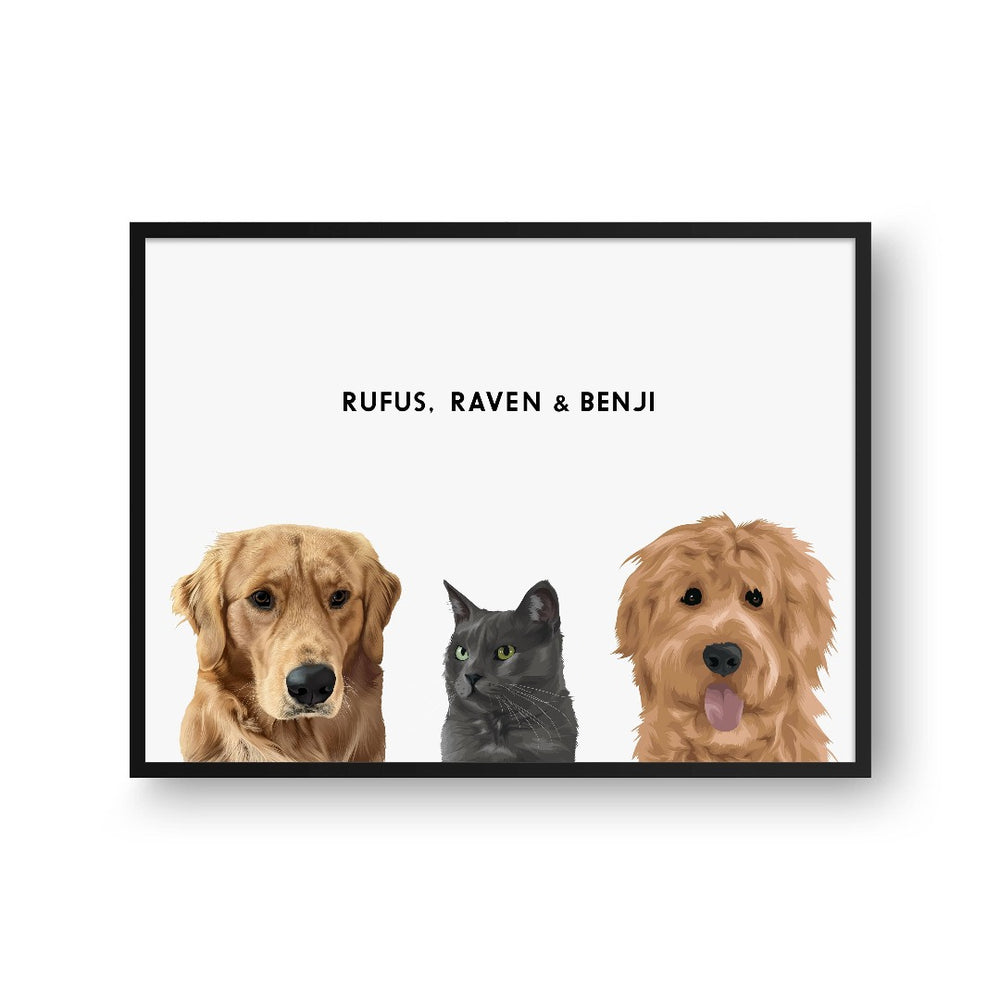


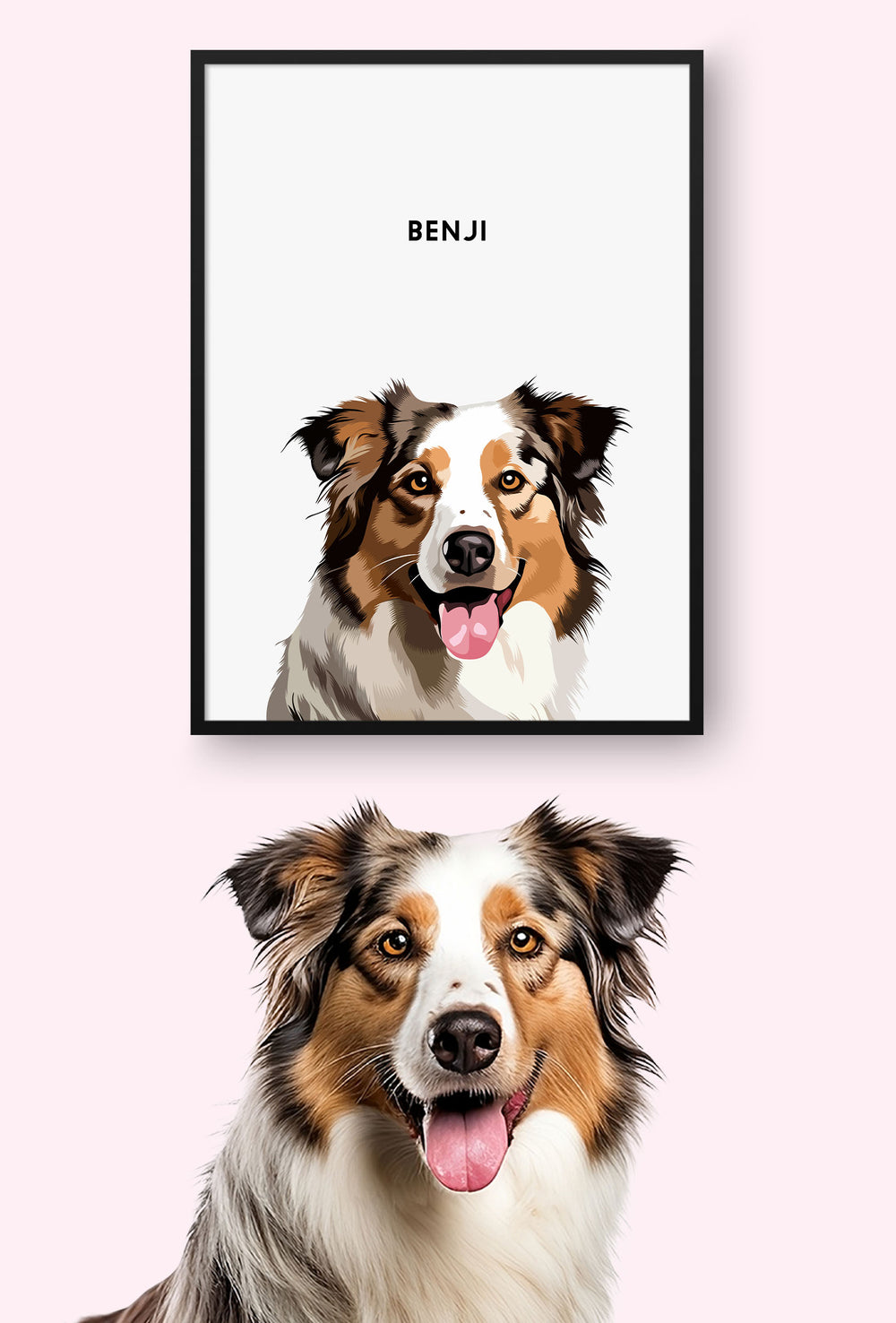
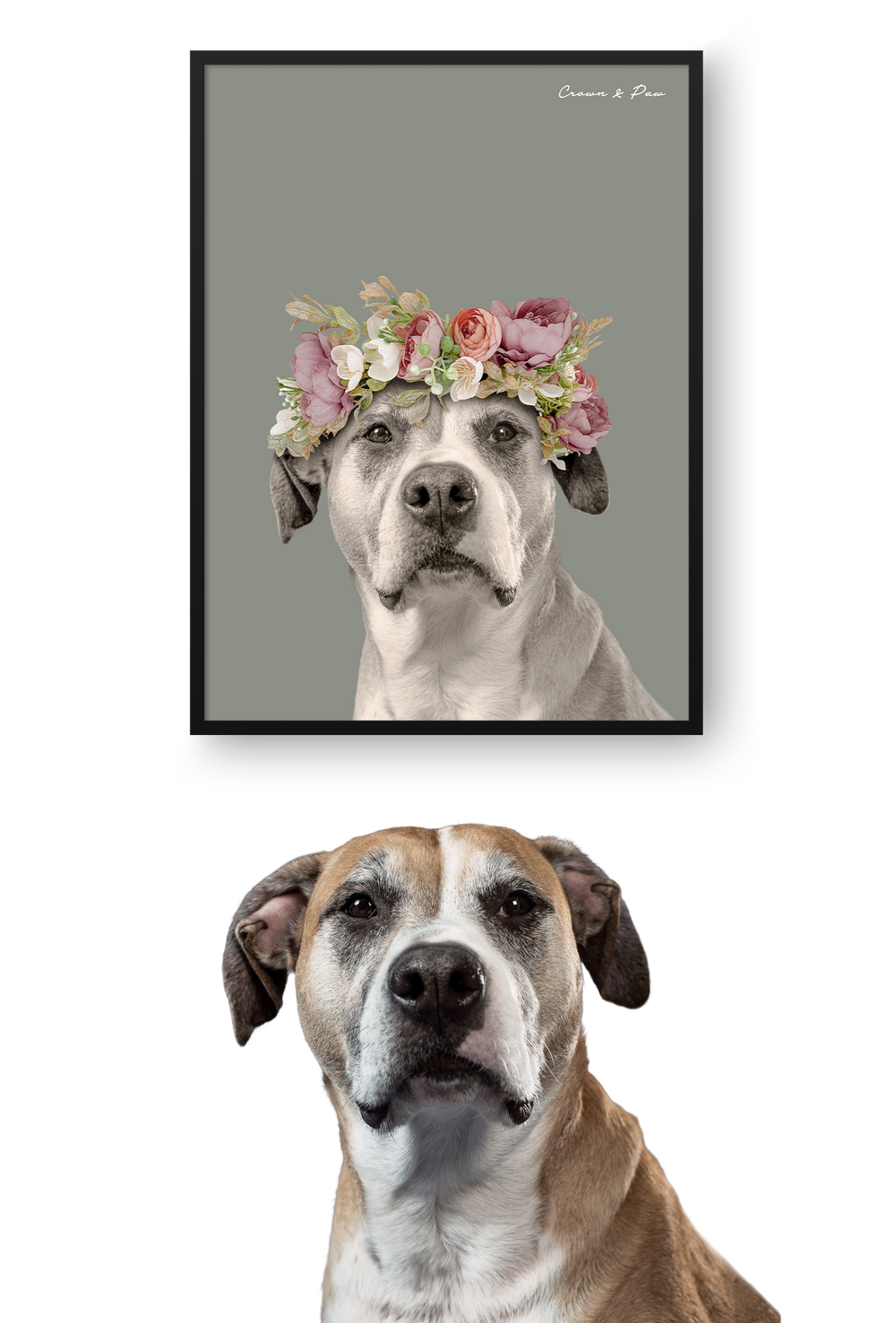


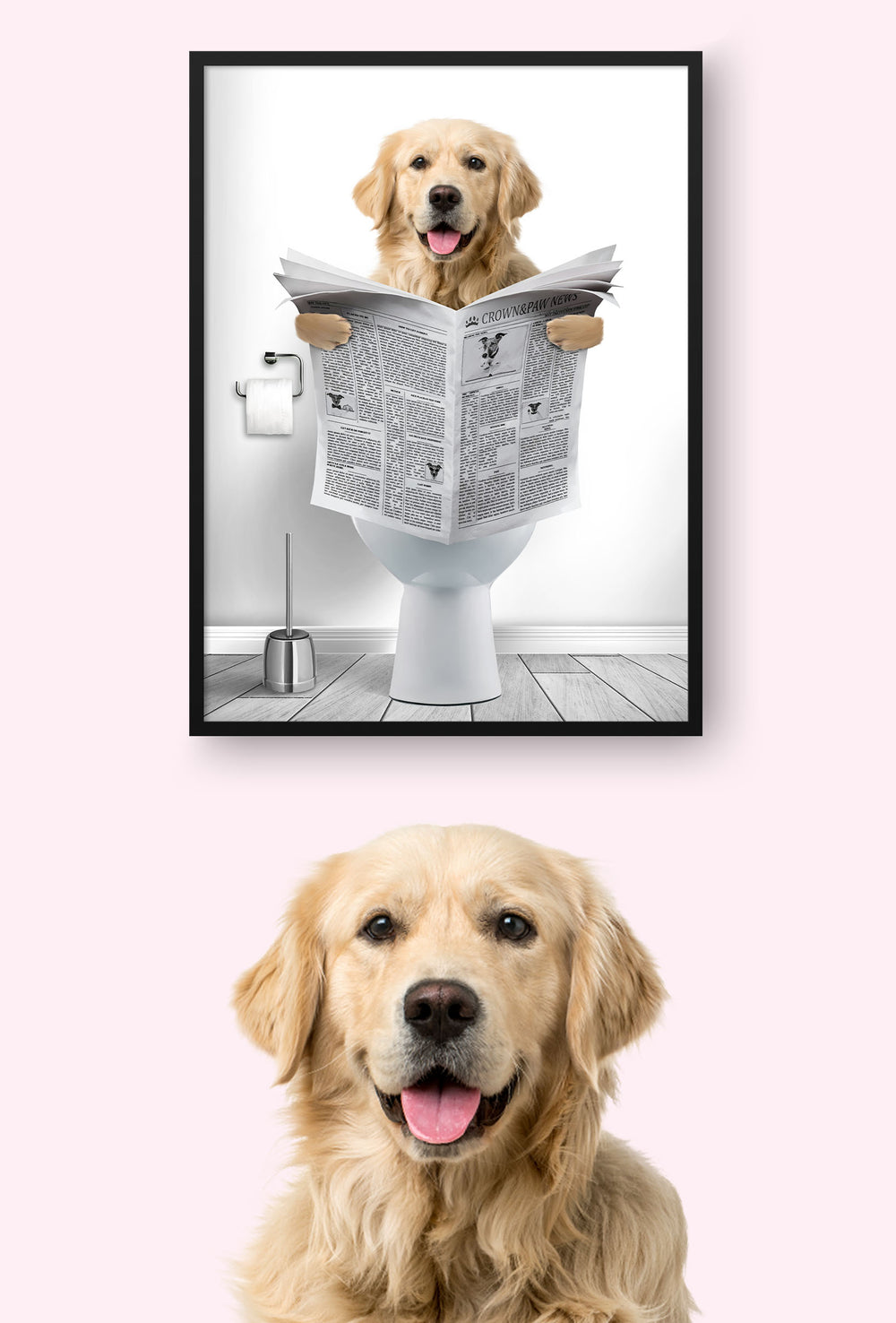
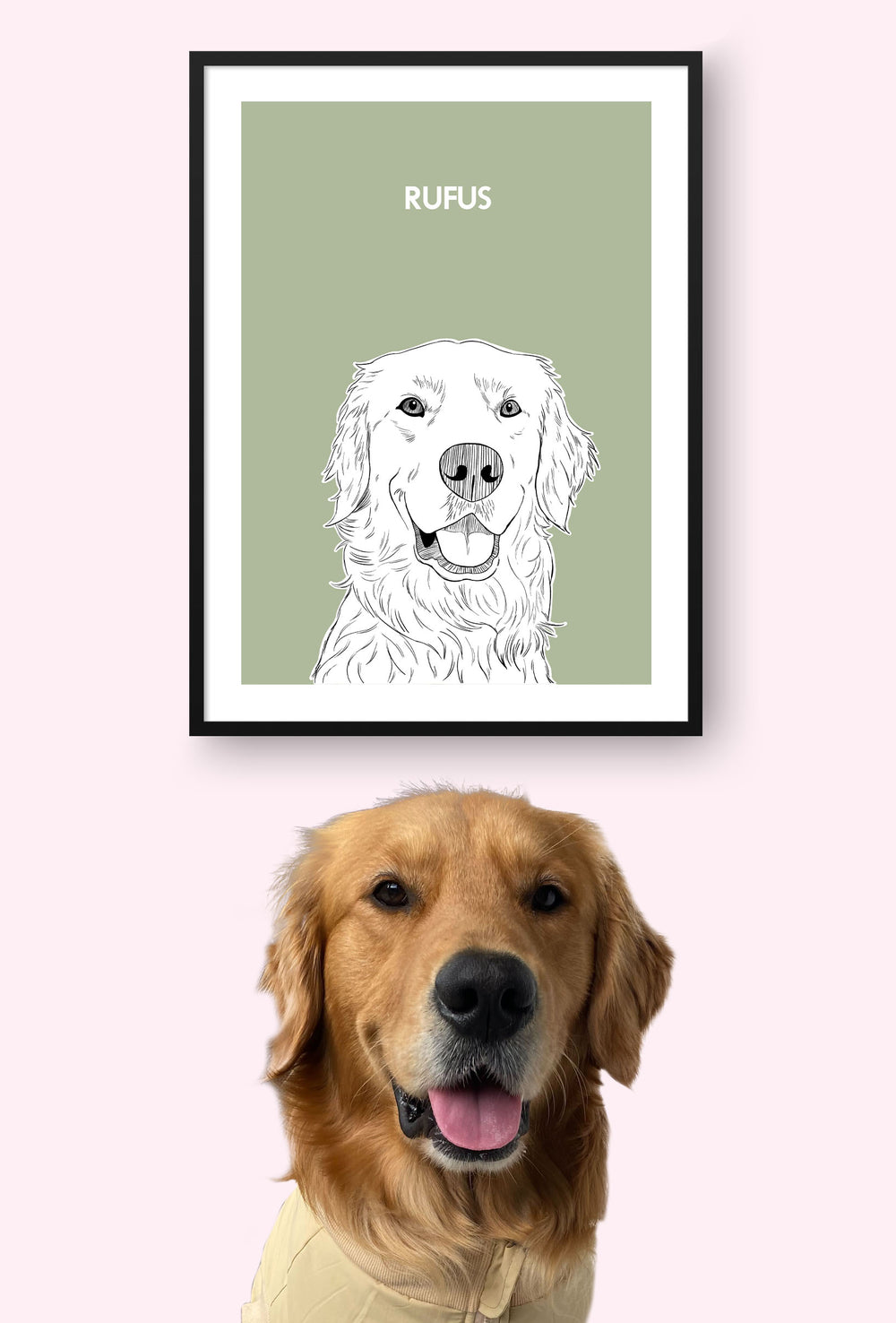




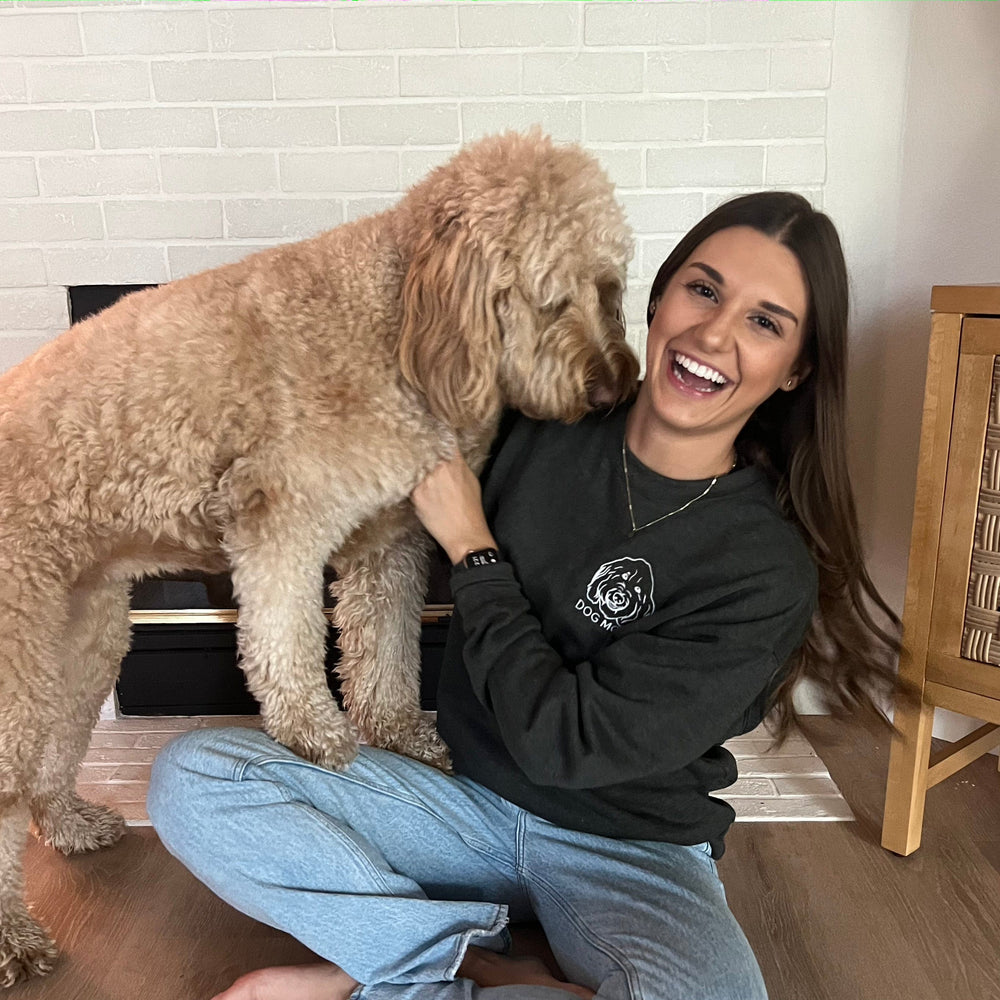
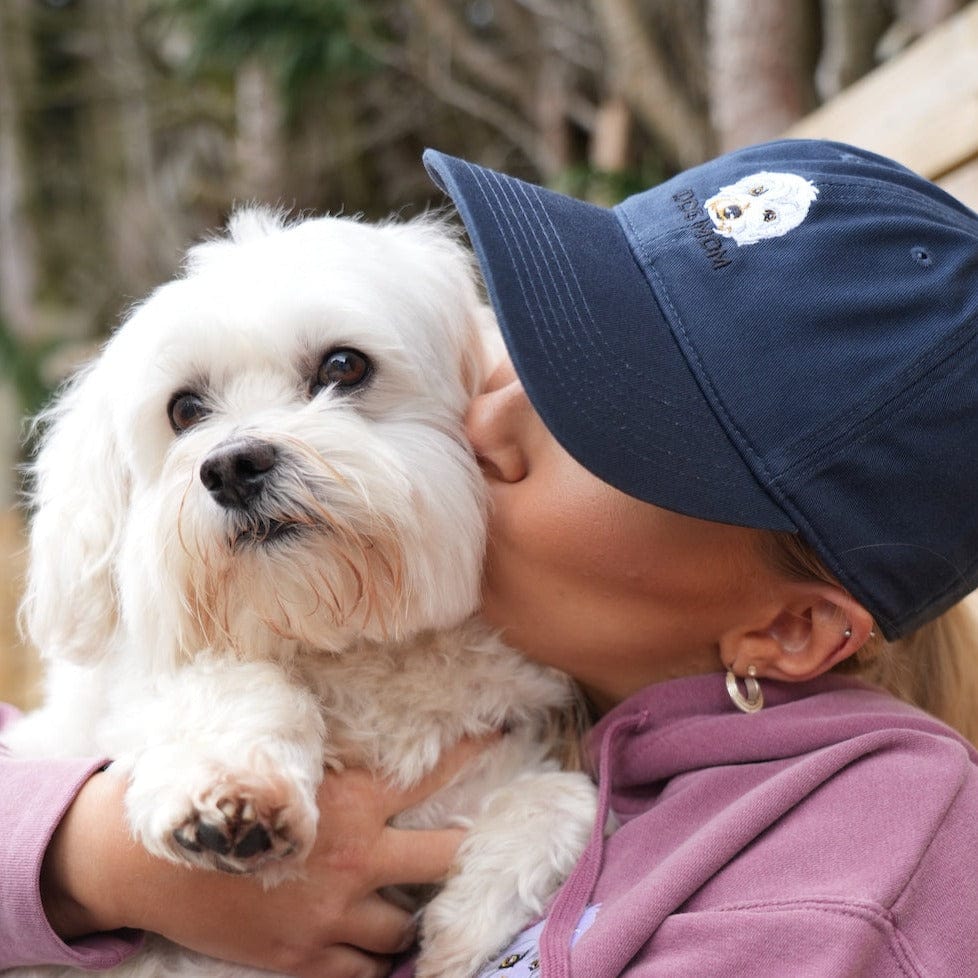




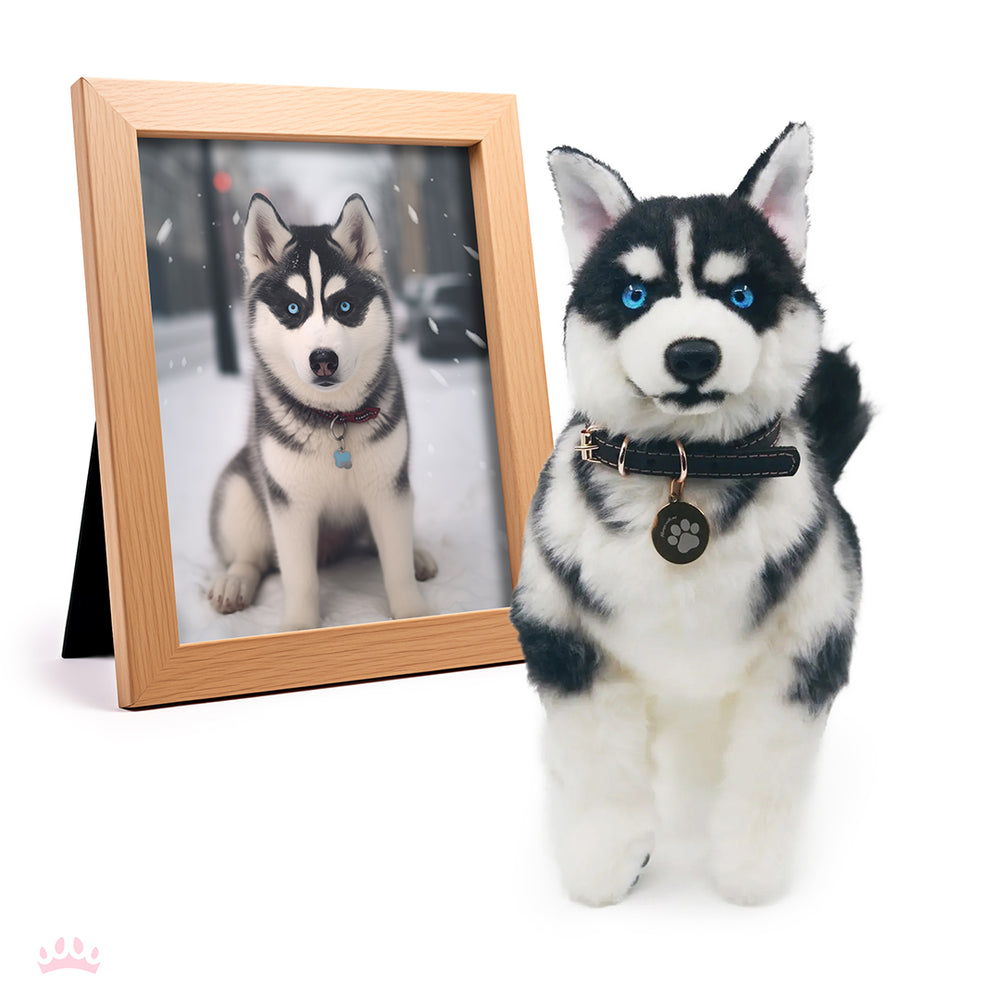
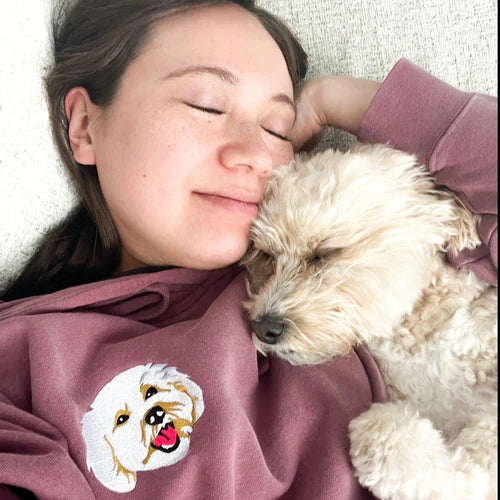





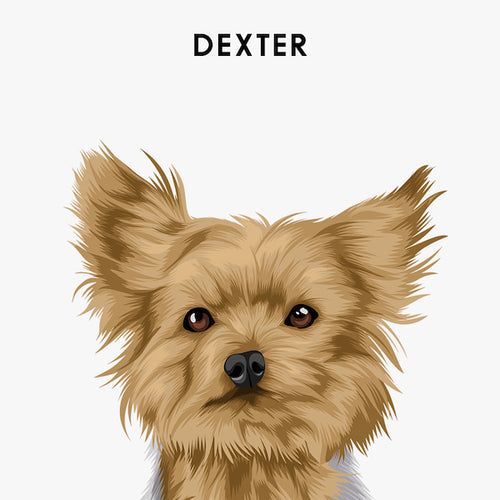

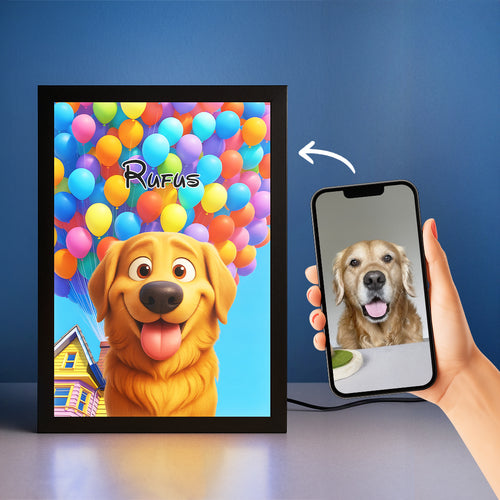




 Reviews
Reviews
 My Account
My Account
 Contact Us
Contact Us
 Help
Help
